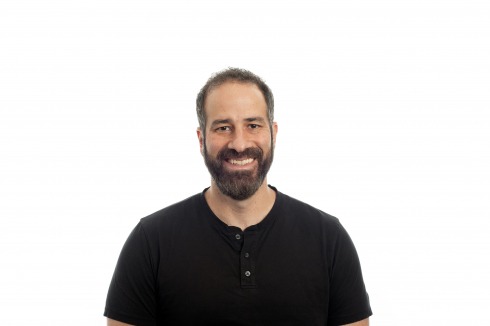Main Menu (Mobile)- Block
- Overview
-
Support Teams
- Overview
- Anatomy and Histology
- Cryo-Electron Microscopy
- Electron Microscopy
- Flow Cytometry
- Gene Targeting and Transgenics
- High Performance Computing
- Immortalized Cell Line Culture
- Integrative Imaging
- Invertebrate Shared Resource
- Janelia Experimental Technology
- Mass Spectrometry
- Media Prep
- Molecular Genomics
- Primary & iPS Cell Culture
- Project Pipeline Support
- Project Technical Resources
- Quantitative Genomics
- Scientific Computing
- Viral Tools
- Vivarium
- Open Science
- You + Janelia
- About Us
Main Menu - Block
- Overview
- Anatomy and Histology
- Cryo-Electron Microscopy
- Electron Microscopy
- Flow Cytometry
- Gene Targeting and Transgenics
- High Performance Computing
- Immortalized Cell Line Culture
- Integrative Imaging
- Invertebrate Shared Resource
- Janelia Experimental Technology
- Mass Spectrometry
- Media Prep
- Molecular Genomics
- Primary & iPS Cell Culture
- Project Pipeline Support
- Project Technical Resources
- Quantitative Genomics
- Scientific Computing
- Viral Tools
- Vivarium


Biography
Tom Dolafi is the Principal Database Engineer for the Howard Hughes Medical Institute Janelia Research Campus. Since 2006, he has utilized his vast knowledge of database architecture and forward thinking to create a stable, yet modern and flexible infrastructure to support the dynamic science needs at Janelia. Tom holds a Masters degree in Bioinformatics from John Hopkins University and a BS in Biology from Virginia Commonwealth University. In addition, he brings decades of experience from a variety of projects, including proteomics, microbial metagenomics, and the Human Genome Project, and a particular interest in the data challenges which neuroscience presents.
Janelia’s focus on neuroscience lends unique challenges to the storage and retrieval of data. One electron micrograph of an adult fly brain produces over 100 terabytes of raw image data, consisting of millions of points of interest with tens of millions of connections between them. To meet such high performance and scaling needs, Tom combines modern data management technologies, such as document and graph stores, with traditional relational databases.
